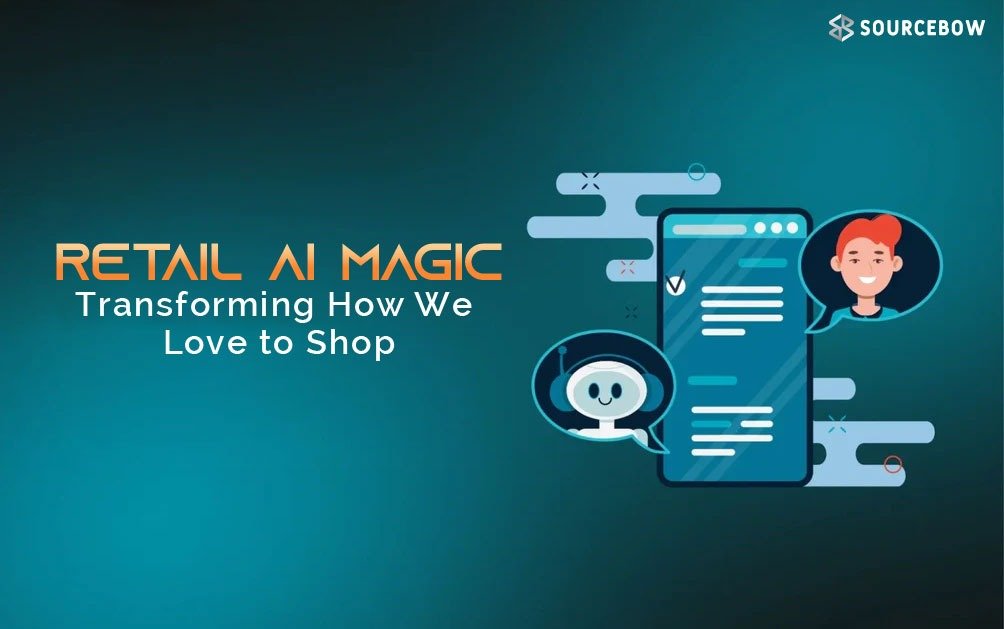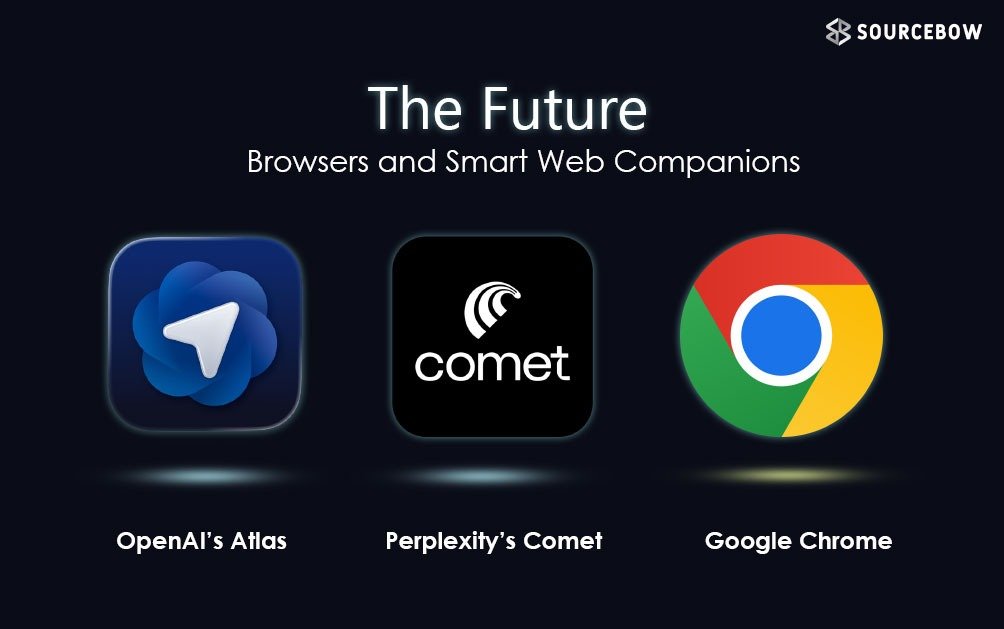Vibe Coding Is Changing Everything You Know About Building Apps
There was a time when building an app meant sitting for hours, maybe days, writing code that looked more like alien language than English. One missing semicolon and poof, nothing worked. But those days? Kind of fading away now.
The new wave is called vibe coding, and honestly, it feels a bit unreal at first. You don’t code. You just talk about what you want, describe it in plain words, and the app shows up. Like magic except it is AI quietly doing the heavy work behind the scenes.
You just say, “I want an app that helps users track habits,” and within minutes you’ve got screens, buttons, and even login options built out. Wild, right?
So What’s the Deal with Vibe Coding
It’s pretty simple really. Instead of writing code line by line, you explain what you want your app to do. The AI turns that into working code automatically. You can keep chatting with it—“Add dark mode,” “Change the button color,” “Make the home page simpler”—and it listens.
It’s like having a calm, genius developer who never gets tired, never complains, and just builds stuff exactly how you picture it.
And the best part? You don’t need to be technical. Students, designers, even someone who’s never seen a code editor before can build apps that actually run. That’s why this whole vibe-coding thing is spreading like wildfire.
Why Everyone’s Suddenly Talking About It
For years, building software was slow and painful. A full app could take months. You’d need a team, planning, testing, more testing. Now, one person can do it in an afternoon with AI help.
Even seasoned programmers are switching. Why type every line when you can describe the whole idea and let the AI fill in the rest?
It’s not hype either. Sam Altman once said something that fits this perfectly — “The barrier between having an idea and building it is disappearing.” That’s exactly what’s happening here.
The hardest part now? Honestly, just knowing what you want to build.
How People Are Actually Using It
If you’re just experimenting, tools like ChatGPT can help you spin up simple stuff—mini quizzes, landing pages, tiny games. But if you want something that feels like a real product, Emergent is the name people keep bringing up.
It’s built specifically for vibe coding apps that need sign-ups, payments, and AI features. In just a few months, a million builders used it to make more than one and a half million apps. Those numbers say a lot.
One cool project people talk about is Cloud Career Coach. It helps users check their cloud-tech skills, gives guidance, even lets them buy premium study plans through a payment gateway. All of that was built with vibe coding. Not a single line of code was typed.
The builder just said what they wanted—features, flow, everything—and the system handled it. Ten minutes later, full working app. It still blows people’s minds.
| Tool | Typical Use | Strength | Notes |
|---|---|---|---|
| ChatGPT | Experimentation, simple pages, prototypes | Fast idea-to-prototype | Great for learning and small projects |
| Emergent | Full vibe-coded apps with sign-ups, payments | Purpose-built for production vibe coding | Used by many builders for real products |
Getting Good at It
The real trick is how you describe things. That’s where most people mess up.
Saying “make a fitness app” is too vague. The AI needs details—like “a fitness tracker with daily goals, progress charts, reminders, and a section for motivation quotes.” The clearer the idea, the better the result.
A few tips help a lot:
- Save your work on GitHub, trust me. Stuff breaks sometimes.
- Ask the AI to explain what it built. Understanding a bit helps later.
- Don’t ignore security—add login protection, encrypt data, all that good stuff.
Once you get into the rhythm, it feels like second nature.
People Are Already Making Money from It
Yep, vibe coding isn’t just for fun projects. It’s already a side hustle for some folks.
You can build a free app with basic features and then lock premium stuff behind a paywall. That’s how many are earning through tools like the Cloud Career Coach.
There’s even one story of a dev who vibe coded a game, launched it, and hit a million dollars in yearly revenue in less than three weeks. That’s insane.
And now there’s a new gig trend—freelancers fixing other people’s vibe coded apps. If you’ve got a bit of coding know-how, you can make solid cash helping beginners polish their builds.
Ideas plus action—that’s pretty much the formula here.
It’s More Than Just a Tech Fad
Vibe coding isn’t replacing developers. It’s making creation open to everyone.
Think about it. For years, the tech world was locked behind knowledge walls—syntax, frameworks, endless tutorials. But with this, a kid in a hostel room can build a real app without ever taking a computer-science class.
Of course, it’s not perfect. Scaling apps safely and keeping data secure still matter. But that’s manageable. What’s exciting is the freedom—it’s creativity without friction.
This shift feels similar to when websites first became easy to make, but bigger. Way bigger.
Wrapping It Up
The future of building isn’t about typing lines of code anymore. It’s about clear ideas and simple words.
Vibe coding makes technology feel human again—less about rules, more about expression. If there’s something you’ve always wanted to build, now’s probably the best time to start.
Don’t wait to “learn coding first.” The tools are already waiting. Open them. Talk to them. See what happens.
Maybe your idea’s the next big thing—just sitting there, waiting for a good vibe.





